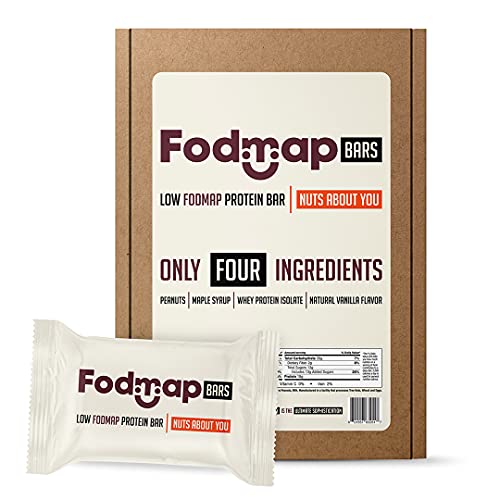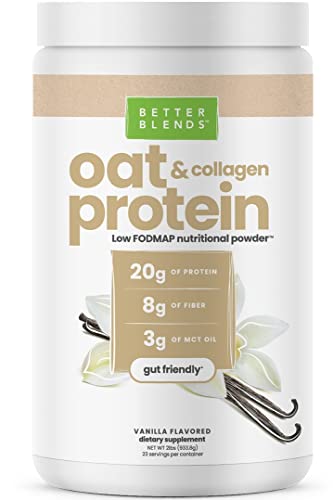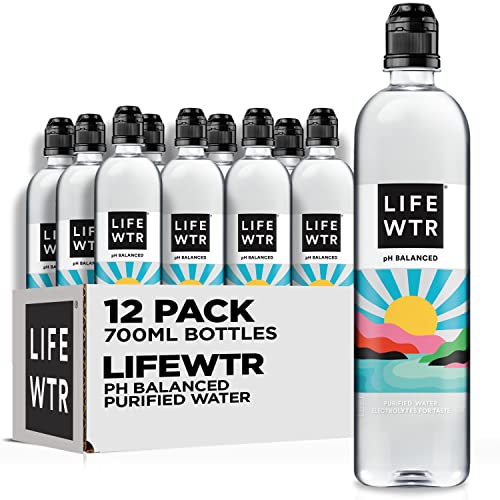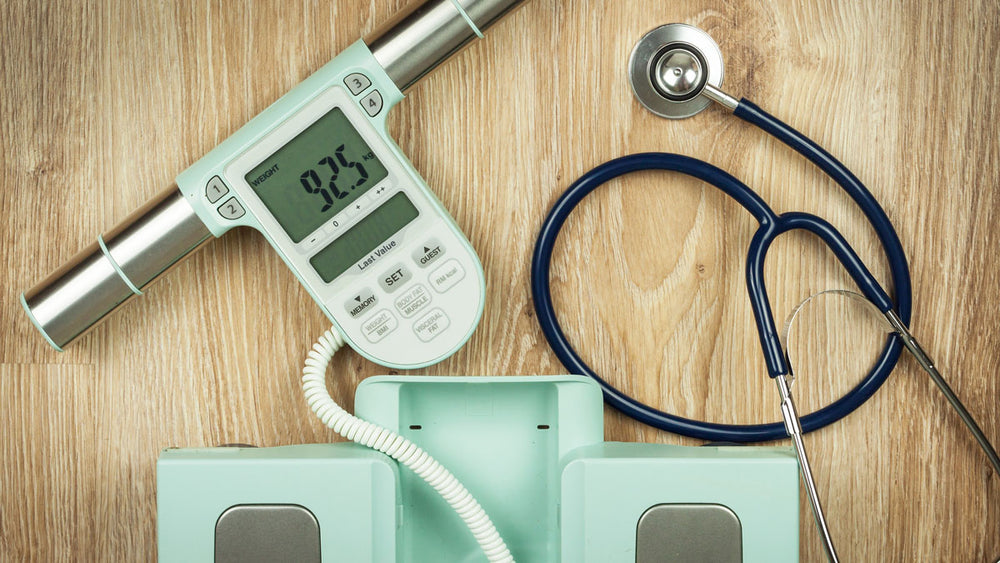"Moisture is the essence of wetness..."
-Derek Zoolander
Water is essential to life.
The human body is composed of ~55-60% water. We constantly lose water: expelling waste through every breath we expire and sweating to reduce our core temperature.
Exercise increases water loss through respiration and sweating. The water in our bloodstream, called plasma, is the main compartment from which we lose water during exercise to sweat. If plasma volume is reduced beyond a certain amount, we risk challenging our ability to dispense body heat, and our heart has to work harder to circulate a more viscous blood supply.
A brief history of expert recommendations on fluid replacement
A proper drinking strategy during exercise seems like an easy question to answer. Surprisingly, expert opinion on how to drink during exercise has changed drastically over the past 50 years!
Old, old school – Don’t drink!
Back in the 1960s and ’70s, the common recommendation from sports medicine experts was: abstain from drinking during exercise. If you’ve seen the film Remember the Titans*, it perfectly illustrates the conventional wisdom of the day. The football players in the film were coached not to drink any water at all during practices – which likely seems shocking these days. But it was the prevailing opinion of the day that consuming water during exercise would make you cramp. Athletic trainers regularly dispensed salt tablets to combat cramping.
Expert opinion on hydration began to shift after several high-profile events, most notably, the death of British cyclist Tommy Simpson in 1967. Simpson died of heart failure on his bike while competing in the Tour de France. The competition was broadcast on live television at the time, with a relatively large viewership. At the time of his death, his collapse was attributed in part to exercise-induced dehydration. This diagnosis is confounded by the fact that Simpson was using amphetamines at the time of his death, which greatly increases one’s risk of cardiac events.
Middle-aged school – drink ahead of your thirst!
By the 1990s, expert opinion on hydration had completely reversed. The recommendation changed from avoiding fluid intake to drinking fluids on a regular schedule during exercise. I (vaguely) recall having to memorize the at-the-time recommended ACSM drinking schedule for volumes and time frame during exercise. The belief was that you had to drink ahead of your thirst sensation, and the common phrase I heard was “by the time you feel thirsty, it’s too late!” That sounds ominous, but with a little thought, I pondered “too late for what?” There was never a good answer. I have experienced the sensation of thirst in my life and suffered no ill effects.
Further, the practice of drinking ahead of your thirst can lead to health-threatening consequences. Namely, a condition known as hyponatremia or water intoxication, which means low levels of sodium in the bloodstream. Hyponatremia can occur from over-drinking water during exercise. When sodium levels in the bloodstream get below a healthy range, swelling of the brain or cerebral edema can occur. This can result in confusion, dizziness, seizures, coma, or even death. There is even recent speculation that hyponatremia was responsible for the death of famed martial artist Bruce Lee.
What is the best practice?
The American College of Sports Medicine’s most recent position stand on fluid replacement during exercise recognizes that there is substantial individual variation in sweat rate. With this, they recommend each person devise an individual strategy for fluid replacement while trying to keep losses in body water to <2% of body mass. Because they contain electrolytes (including sodium), sports drinks can be beneficial if you are exercising for more than an hour in duration. The reality is that the best drinking strategy for health and fitness is easy: have fluids handy and drink them if you get thirsty!
- American College of Sports Medicine, Sawka, M. N., Burke, L. M., Eichner, E. R., Maughan, R. J., Montain, S. J., & Stachenfeld, N. S. (2007). American College of Sports Medicine position stand. Exercise and fluid replacement. Medicine and science in sports and exercise, 39(2), 377–390.
- Convertino, V. A., Armstrong, L. E., Coyle, E. F., Mack, G. W., Sawka, M. N., Senay, L. C., Jr, & Sherman, W. M. (1996). American College of Sports Medicine position stand. Exercise and fluid replacement. Medicine and science in sports and exercise, 28(1), i–vii.
- Klingert, M., Nikolaidis, P. T., Weiss, K., Thuany, M., Chlíbková, D., & Knechtle, B. (2022). Exercise-Associated Hyponatremia in Marathon Runners. Journal of clinical medicine, 11(22), 6775.
- Mehlman, M.J. (2009). The Price of Perfection: Individualism and Society in the Era of Biomedical Enhancement. Baltimore: Johns Hopkins University Press.
- Mitchell, H.H., Hamilton, T.S., Steggerda, F.R., and Bean, H.W. (1945). The chemical composition of the adult human body and its bearing on the biochemistry of growth: Journal of Biological Chemistry, v. 158, issue 3, p. 625-637.
- Myers, T. M., & Hoffman, M. D. (2015). Hiker Fatality From Severe Hyponatremia in Grand Canyon National Park. Wilderness & environmental medicine, 26(3), 371–374.
- Noakes T. D. (2010). Is drinking to thirst optimum?. Annals of nutrition & metabolism, 57 Suppl 2, 9–17.
- Villalvazo, P., Fernandez-Prado, R., Niño, M. D. S., Carriazo, S., Fernández-Fernández, B., Ortiz, A., & Perez-Gomez, M. V. (2022). Who killed Bruce Lee? The hyponatraemia hypothesis. Clinical kidney journal, 15(12), 2169–2176.



















Comments
Join The Conversation...